CREDIT: UNICEF/Zahara Abdul
Over the past 20 years, gender disparities in education have changed rapidly, with girls closing or even reversing the gaps that separated them from boys in access, completion and learning at the various education levels. While these are successes to celebrate at the global level, challenges to gender equality in and through education have not ceased. Behind the global success, on average, lies the extreme exclusion of poor girls in rural areas of the world’s poorer countries. Behind the progress of girls in mathematics, on average, lies the pervasive over-representation of boys among the top performers. Behind the steady shift in favour of females of indicators, such as teacher sex composition, minimum proficiency in reading and enrolment in higher education, lie the feminization of the teaching profession and the sorting of female students into particular fields, which strengthen gender stereotypes. Behind the prosperity of numbers lie the discriminatory gender norms that far too many people continue to hold about girls’ and women’s role in society and that curricula and teaching have not done enough to overturn.
A companion to the global 2021/2 GEM Report, this publication has also emphasized the role of non-state actors in influencing the gender inequality trajectory in and through education. Coming in to fill gaps in provision left by the public education system, non-state actors are on the front line for girls’ education in emergencies, have grown to meet the needs of parents with young children who have no public early childhood education alternatives, and have catered for families who prefer to send their children to faith-based schools. Depending on the context, their role can be to push the gender equality agenda forward or to undermine progress and maintain the status quo.
